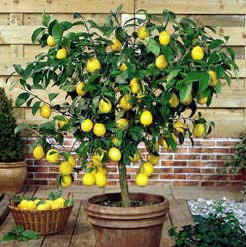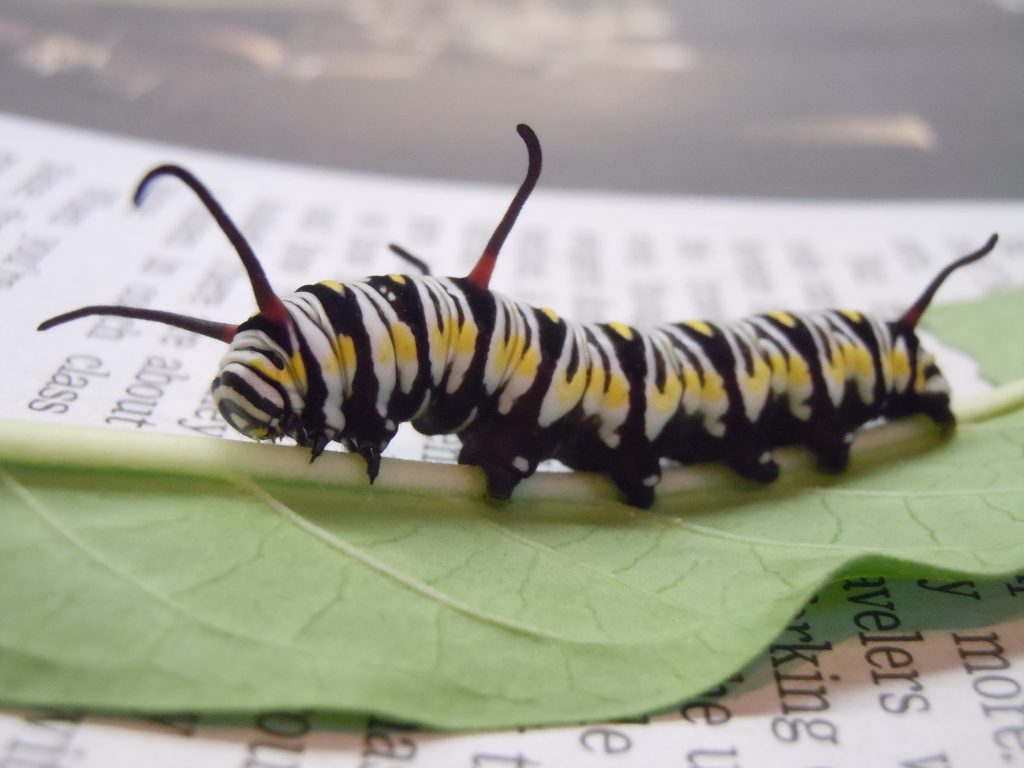
We all enjoy our Matzke Park and its playground, Butterfly Garden, and walking trails. Some even enjoy the weekend cricket games, I would imagine. But Harris County Pct. #4 has a wonderful park system with many other options. Today we explored one of the newest, Dennis Johnston Park in the NW part of town. Dennis, of course, is the Pct #4 Park Director who has been so helpful with the Matzke Butterfly Garden project as well as the other improvements there. This park was named in his honor.
It used to be a Girl Scout camp, but the county has transformed it into a real garden spot, particularly suited for events and meetings. The "cabins" are used for Pct #4 county offices. It has a nice pond for fishing, a developing butterfly garden and trails as part of the Spring Creek Greenway system.
You can
CLICK HERE for a map of its location as well as other useful information. Take the time to explore some of the many "green space options" we have available to us within a reasonable drive.
I took these pictures just this morning.
 |
| This Is the "Grand Lodge" |
 |
| The New Butterfly Garden |

 |
| Not Real Large, but Perhaps the Fish Are |
 |
| A Large Pavilion |
 Why do we "mature" folks like birds? Who knows? This fascinating little bird was discussed in the previous post. He is always by himself so has little else to do it seems. He first showed up on Dec 21 and has returned several times each day since. This is Dec 31. Today I had my zoom lens on so the pictures through the window are much better.
Why do we "mature" folks like birds? Who knows? This fascinating little bird was discussed in the previous post. He is always by himself so has little else to do it seems. He first showed up on Dec 21 and has returned several times each day since. This is Dec 31. Today I had my zoom lens on so the pictures through the window are much better.















































